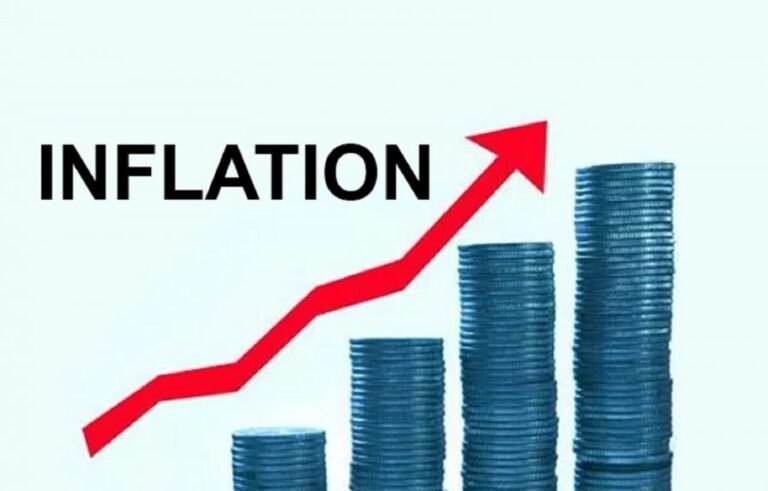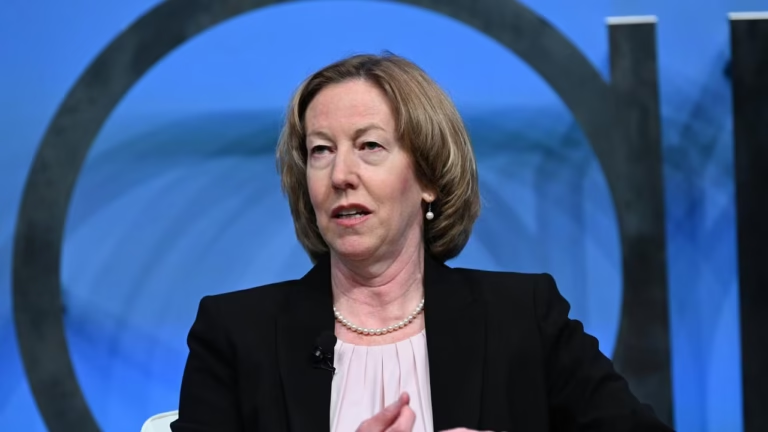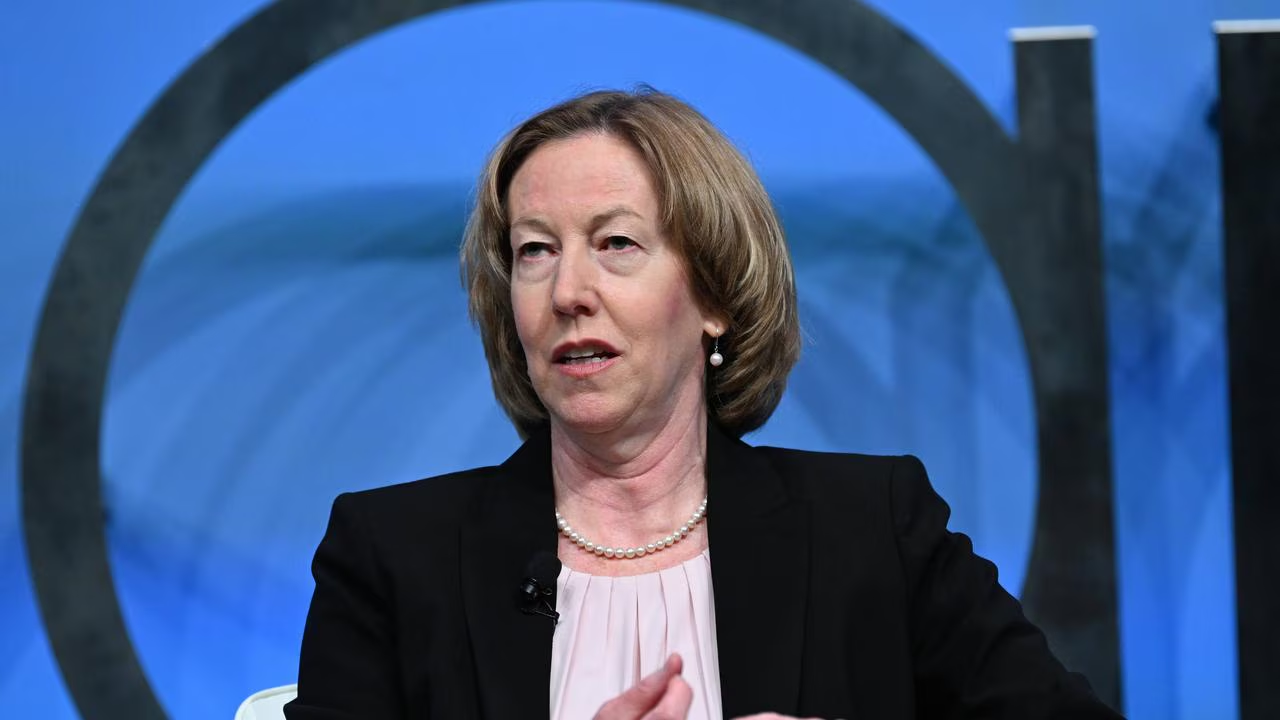Nigeria’s Federal Government of Nigeria (FGN) bond market traded bullishly last week, with strong demand ahead of the June Primary Market Auction (PMA) pushing average benchmark yields down by 28 basis points week-on-week to 18.23%. The rally was most pronounced in the short-to-mid-tenor segment, buoyed by ample system liquidity and a hunt for attractive real returns.
At the June PMA, the Debt Management Office (DMO) cleared the 2029 bond at 17.75% and a newly issued 2032 maturity at 17.95%, levels that triggered renewed interest in the secondary market. Activity intensified around the 2029 and 2032 papers, driving yields lower across that segment of the curve. However, midweek saw a brief correction as some investors reassessed entry levels, leading to a mild sell-off in the 2033 bond.
By week’s end, average benchmark yields stood at 18.07%, reflecting a 15bps decline from the previous week’s close. Meanwhile, demand for long-dated securities such as the 2049 and 2053 bonds remained tepid, with yields largely unchanged due to investor caution around duration risk and long-term inflation dynamics.
“Market participants continue to favour bonds in the 3–8 year bucket where they perceive better value relative to risk,” noted a Lagos-based fixed income strategist. “Longer-term instruments are being avoided due to uncertainty over policy stability and fiscal trajectory.”
Looking ahead, analysts expect sustained demand in the belly of the curve, where relatively high yields and moderate risk remain attractive. With liquidity conditions expected to remain supportive, further yield compression is possible, particularly if inflation moderates and DMO supply stays within market-absorption capacity.
Explainer: What Are Bonds and Why Do Yields Matter?
What is a bond?
A bond is a debt instrument issued by a borrower, such as a government or corporation, to raise funds. Investors who buy bonds are effectively lending money to the issuer, who agrees to pay periodic interest (called the coupon) and return the principal at maturity. In Nigeria, FGN bonds are issued by the Debt Management Office (DMO) on behalf of the Federal Government.
What is a bond yield?
Bond yield is the return an investor earns from holding a bond. It is typically expressed as a percentage and moves inversely with price: when bond prices go up, yields fall, and vice versa. Yields are influenced by factors such as inflation expectations, interest rates, government borrowing levels, and investor sentiment.
Why do yields fluctuate?
In the secondary market, bonds are bought and sold after issuance. When demand for a bond rises, its price increases, and its yield falls because the fixed coupon is spread over a higher price. For instance, if many investors are buying short-term FGN bonds, their yields decline, signalling bullish sentiment or strong market liquidity.
What does a falling yield mean?
Falling yields often reflect investor confidence in the stability of returns, lower inflation expectations, or a surge in demand for safer assets. In the context of Nigeria’s bond market, falling yields could also indicate that investors are pricing in a more dovish outlook for inflation or interest rates.
FGN Bond Market Snapshot (as of June 30, 2025):
|
Maturity |
Tenor (Years) |
Yield (%) |
Coupon (%) |
Implied Price (₦) |
|
Jan-26 |
0.6 |
17.00 |
12.50 |
97.64 |
|
Apr-29 |
3.8 |
17.80 |
19.30 |
103.92 |
|
Feb-31 |
5.6 |
18.40 |
18.50 |
100.26 |
|
May-33 |
7.8 |
18.35 |
19.89 |
106.20 |
|
Feb-34 |
8.6 |
17.30 |
19.00 |
108.07 |
|
Mar-36 |
10.7 |
16.50 |
12.40 |
78.36 |
|
Apr-37 |
11.8 |
16.70 |
16.25 |
97.71 |
|
Jan-42 |
16.5 |
15.80 |
13.00 |
85.17 |
|
Jun-53 |
27.9 |
15.30 |
15.70 |
102.36 |























